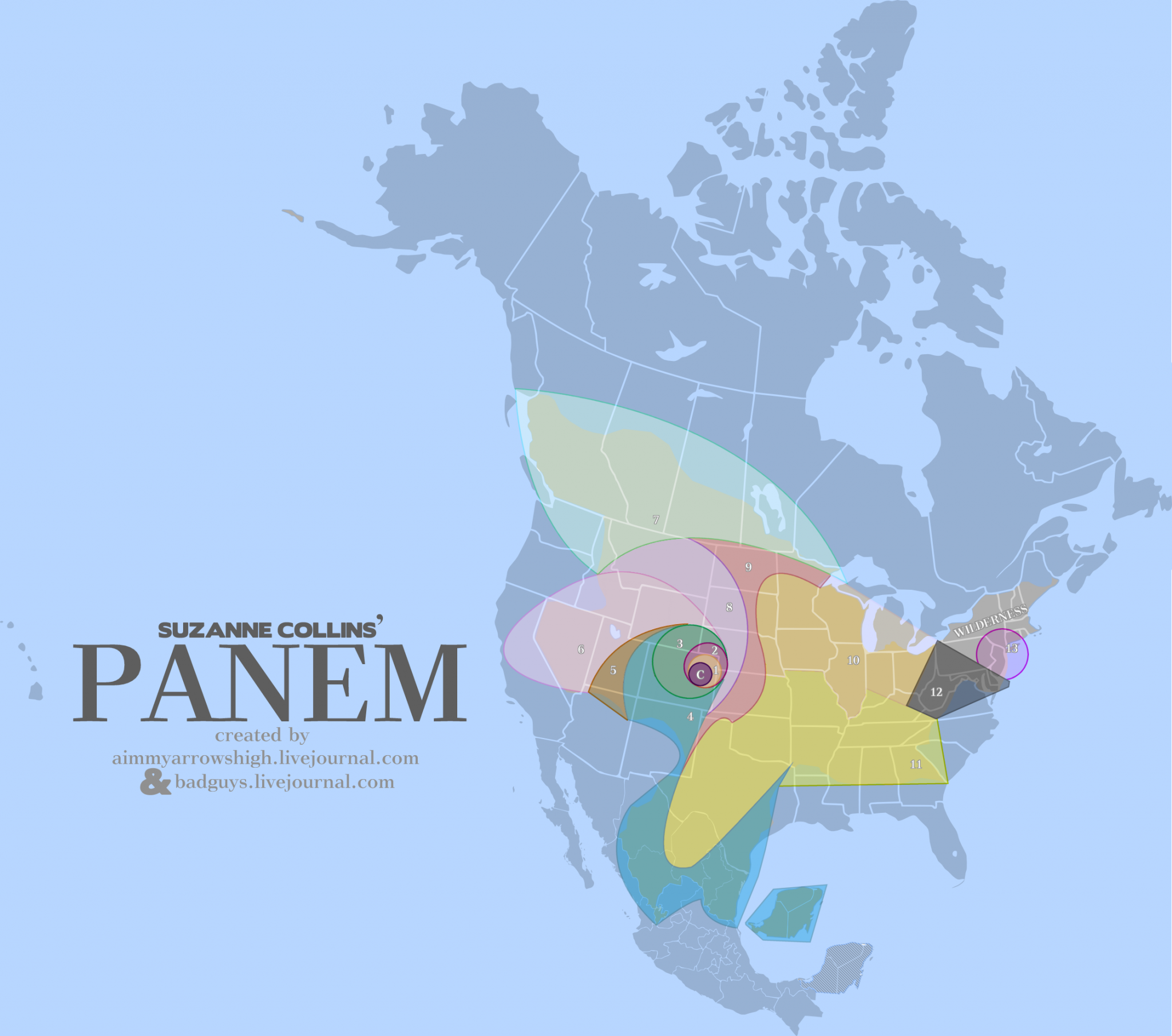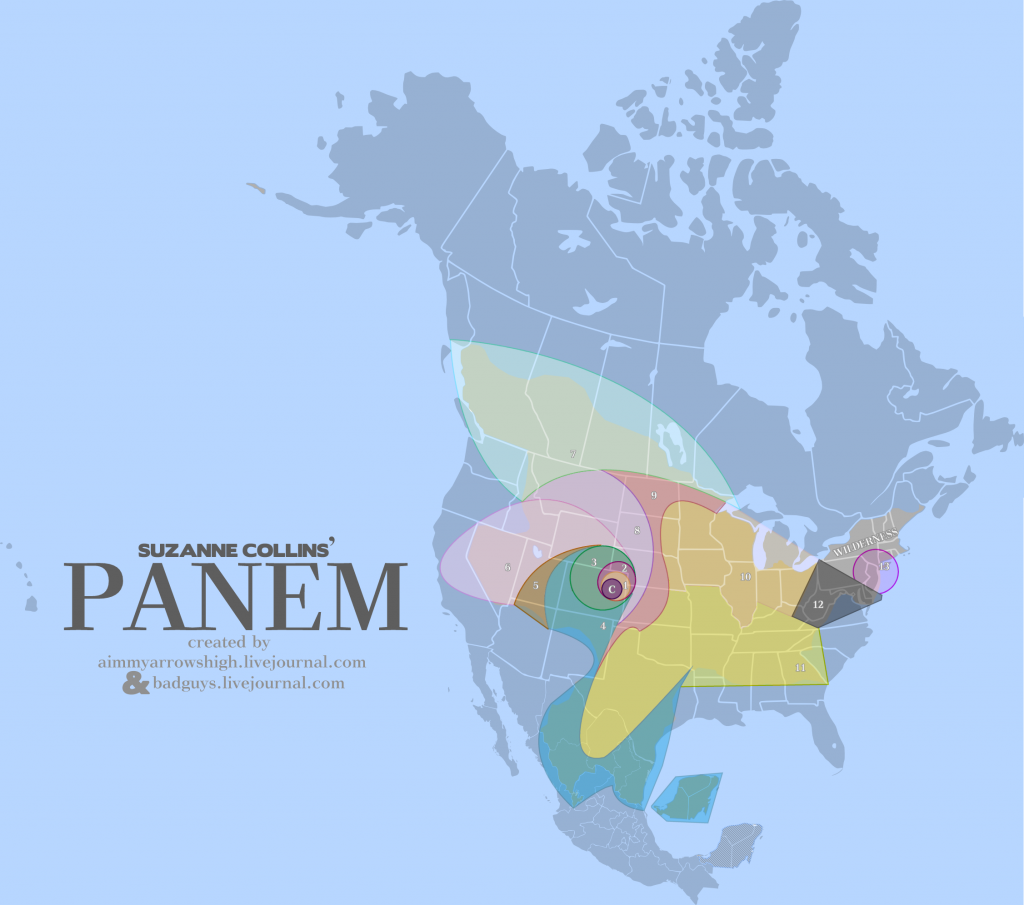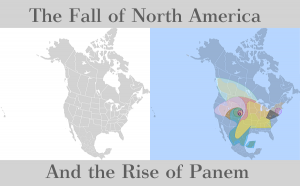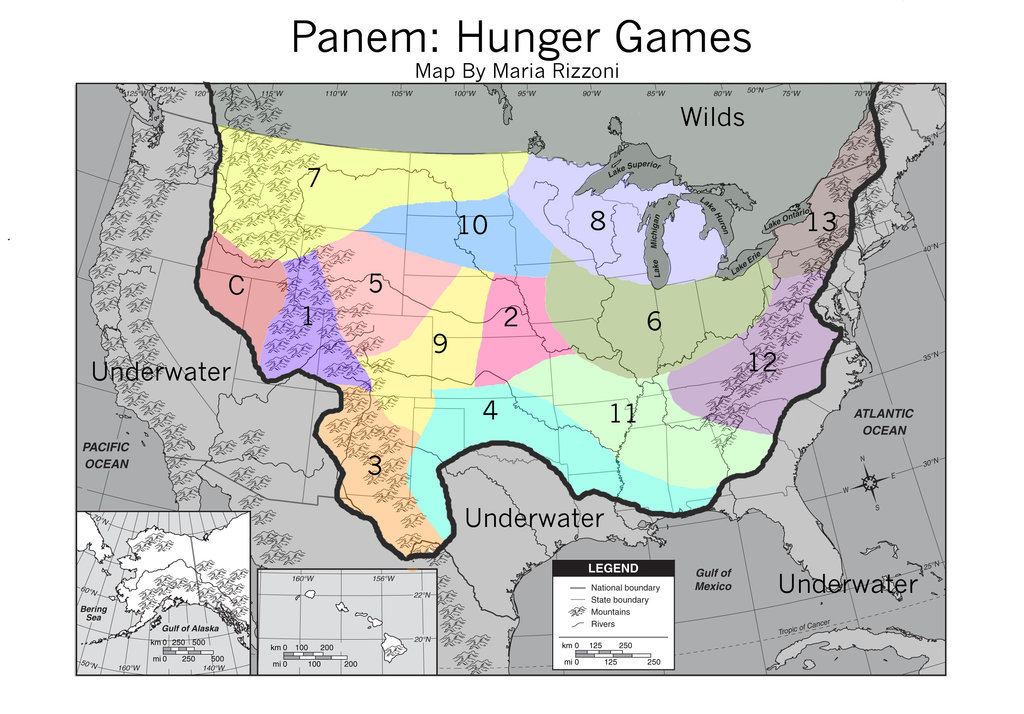
The Hunger Games: Green & Sustainability Themes in Latest Craze?
 When I first heard about the Hunger Games, I had my doubts. But when my ‘too cool for YA” BFF demanded that I read the series, I reconsidered. After finishing the trilogy, I’m glad I listened. And I’m not the only one – There’s no doubt the Hunger Games has taken the nation by storm – even inspiring wedding-themes. But are the Hunger Games green and sustainability themes on purpose by Suzanne Collins? Is Panem a symbol for climate change? Let’s discuss further.
When I first heard about the Hunger Games, I had my doubts. But when my ‘too cool for YA” BFF demanded that I read the series, I reconsidered. After finishing the trilogy, I’m glad I listened. And I’m not the only one – There’s no doubt the Hunger Games has taken the nation by storm – even inspiring wedding-themes. But are the Hunger Games green and sustainability themes on purpose by Suzanne Collins? Is Panem a symbol for climate change? Let’s discuss further.
The Hunger Games takes place in a future North America, where the US is replaced by the 12 (previously 13) districts of the nation “Panem”. Each of the 13 districts surrounding the fortress city/dictatorship ‘Capitol’ are all dedicated to one major task such as livestock, mining, fishing, electrics, etc. The Capitol forces each of its 12 districts to send 2 teenagers (one boy/one girl) into an arena to fight to the death in the annual “Hunger Games,” where there’s only one survivor.
 Although targeted for young adults, the books’ themes are dark. Author Suzanne Collins paints the picture of Panem as bleak. The totalitarian government regulates each citizen’s food intake, so heroine Katniss Everdeen hunts in a pure forest-to-table fashion to provide for her family.
Although targeted for young adults, the books’ themes are dark. Author Suzanne Collins paints the picture of Panem as bleak. The totalitarian government regulates each citizen’s food intake, so heroine Katniss Everdeen hunts in a pure forest-to-table fashion to provide for her family.
Although the book doesn’t state the exact event, major landmasses shifted and the sea level rose to unknown heights to change the Earth’s landscape we know it which develops Panem into its current state. Does Collins use any of the Hunger Games green themes or district circumstances to address our current environmental issues? Let’s explore further.
Links between Hunger Games & Sustainability:
- The rising sea level which changes the shape of North America could be due to climate change. The sea level rose 5-6 inches over the last century along the Mid-Atlantic and Gulf coasts, and portions of Greenland & Antarctic ice sheets continue to melt. The International Panel on Climate Change estimates the average sea level will rise between .6 – 2 feet in the next center.
- District 4 is the fishing area, yet a major concern of our present world is the dangers of overfishing. Sea life appears to exist in this Panem district. Presently, 70% of the world’s fisheries are fully or overly exploited, so sea life in a few hundred years may not even be a food source for us. Plus, plastic trash and human waste continuously pollute the ocean. Collins does mention a “dead zone” in the sea area, which many think is either an oil spill or fertilizer run-off from the Mississippi river. It’s never really discussed what types of fish and sea life are found or used in District 4, so it is still possible that some species survive.
- Overpopulation: Too many people and not enough resources would implicate a change of a free nation. Would a totalitarian government like the one in Panem be a necessity to regulate food? While we do not support dictatorship nor one rich area (aka the Capitol), it’s almost as if the entire nation of Panem is necessarily on a food stamp program. Need additional foods? Tesserae, or a year’s supply of grain & oil, are available if children enter their name multiple times into the “Hunger Games” lottery pick.
- Due to the food regulation/not enough resources, illegal trade for basics like food are a necessity. Katniss & her best friend Gale’s caught game & wild fruit from the woods to use for trade as well as to support their families. Plus, their game enhanced the bland meals allotted by the government. (I wish Collins had a line about the citizens of Panem growing fruits & veggies illegally in their closets and basements like current day marijuana plants...)
The Hunger Games trilogy never directly explains the leap from 2012 to Panem, but hopefully readers can evaluate long-term effects of our current habits. Fortunately the Hunger Games is taking its phenomena to build awareness about worldwide hunger and even taking donations on their FB page.
Readers, what was your reaction from the Hunger Games? Do you think the Hunger Games green & sustainability themes are intentional?
Picture courtesy of Aimmyarrowshigh. For those interested, Philly appears to be either underwater or in District 13. But we’re hoping the Greenworks campaign & similar Mayor Nutter sustainability programs will prevent a future Panem.










